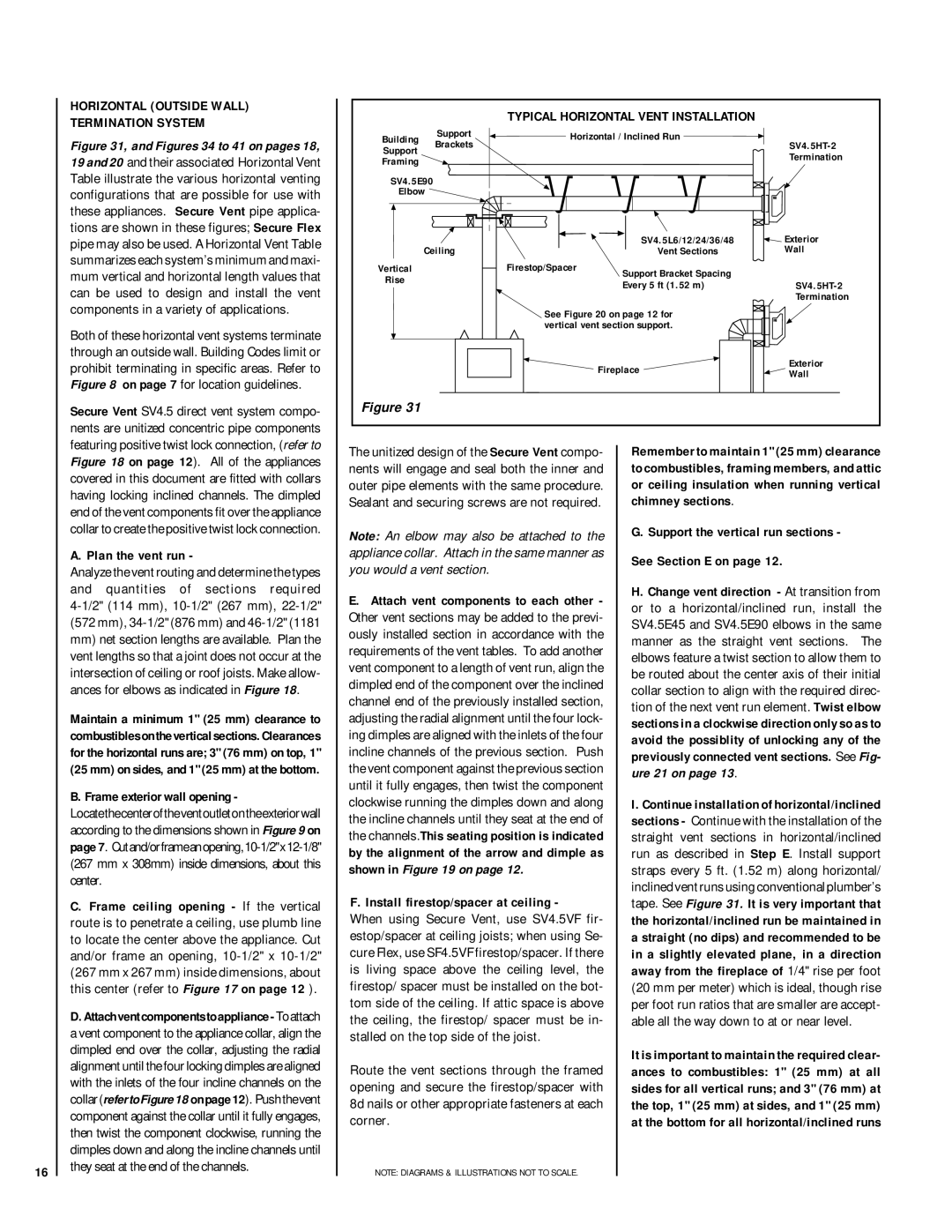Figure 18 on page 12). All of the appliances covered in this document are fitted with collars having locking inclined channels. The dimpled end of the vent components fit over the appliance collar to create the positive twist lock connection.
A. Plan the vent run -
Analyze the vent routing and determine the types and quantities of sections required 4-1/2" (114 mm), 10-1/2" (267 mm), 22-1/2" (572 mm), 34-1/2" (876 mm) and 46-1/2" (1181
mm)net section lengths are available. Plan the vent lengths so that a joint does not occur at the intersection of ceiling or roof joists. Make allow- ances for elbows as indicated in Figure 18.
Maintain a minimum 1" (25 mm) clearance to combustiblesontheverticalsections.Clearances for the horizontal runs are; 3" (76 mm) on top, 1" (25 mm) on sides, and 1" (25 mm) at the bottom.
B. Frame exterior wall opening -
Locatethecenteroftheventoutletontheexteriorwall according to the dimensions shown in Figure 9 on page 7. Cutand/orframeanopening,10-1/2"x12-1/8" (267 mm x 308mm) inside dimensions, about this center.
C. Frame ceiling opening - If the vertical route is to penetrate a ceiling, use plumb line to locate the center above the appliance. Cut and/or frame an opening, 10-1/2" x 10-1/2" (267 mm x 267 mm) inside dimensions, about this center (refer to Figure 17 on page 12 ).
D.Attachventcomponentstoappliance-Toattach a vent component to the appliance collar, align the dimpled end over the collar, adjusting the radial alignment until the four locking dimples are aligned with the inlets of the four incline channels on the collar(refertoFigure18 onpage12). Pushthevent component against the collar until it fully engages, then twist the component clockwise, running the dimples down and along the incline channels until they seat at the end of the channels.
The unitized design of the Secure Vent compo- nents will engage and seal both the inner and outer pipe elements with the same procedure. Sealant and securing screws are not required.
Note: An elbow may also be attached to the appliance collar. Attach in the same manner as you would a vent section.
E.Attach vent components to each other - Other vent sections may be added to the previ- ously installed section in accordance with the requirements of the vent tables. To add another vent component to a length of vent run, align the dimpled end of the component over the inclined channel end of the previously installed section, adjusting the radial alignment until the four lock- ing dimples are aligned with the inlets of the four incline channels of the previous section. Push the vent component against the previous section until it fully engages, then twist the component clockwise running the dimples down and along the incline channels until they seat at the end of the channels.This seating position is indicated by the alignment of the arrow and dimple as shown in Figure 19 on page 12.
F.Install firestop/spacer at ceiling -
When using Secure Vent, use SV4.5VF fir- estop/spacer at ceiling joists; when using Se- cure Flex, use SF4.5VF firestop/spacer. If there is living space above the ceiling level, the firestop/ spacer must be installed on the bot- tom side of the ceiling. If attic space is above the ceiling, the firestop/ spacer must be in- stalled on the top side of the joist.
Route the vent sections through the framed opening and secure the firestop/spacer with 8d nails or other appropriate fasteners at each corner.
Remember to maintain 1" (25 mm) clearance to combustibles, framing members, and attic or ceiling insulation when running vertical chimney sections.
G. Support the vertical run sections -
See Section E on page 12.
H. Change vent direction - At transition from or to a horizontal/inclined run, install the SV4.5E45 and SV4.5E90 elbows in the same manner as the straight vent sections. The elbows feature a twist section to allow them to be routed about the center axis of their initial collar section to align with the required direc- tion of the next vent run element. Twist elbow sections in a clockwise direction only so as to avoid the possiblity of unlocking any of the previously connected vent sections. See Fig- ure 21 on page 13.
I. Continue installation of horizontal/inclined sections - Continue with the installation of the straight vent sections in horizontal/inclined run as described in Step E. Install support straps every 5 ft. (1.52 m) along horizontal/ inclined vent runs using conventional plumber’s tape. See Figure 31. It is very important that the horizontal/inclined run be maintained in a straight (no dips) and recommended to be in a slightly elevated plane, in a direction away from the fireplace of 1/4" rise per foot (20 mm per meter) which is ideal, though rise per foot run ratios that are smaller are accept- able all the way down to at or near level.
It is important to maintain the required clear- ances to combustibles: 1" (25 mm) at all sides for all vertical runs; and 3" (76 mm) at the top, 1" (25 mm) at sides, and 1" (25 mm) at the bottom for all horizontal/inclined runs

